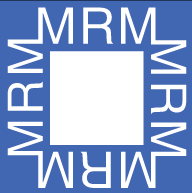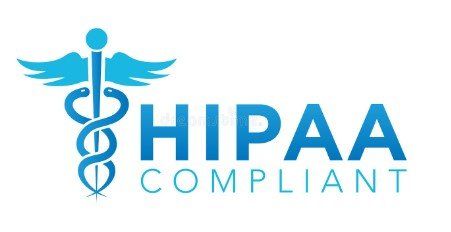Frequently Asked Questions
What is Stop Loss Coverage?
Stop Loss is an insurance product which provides protection against catastrophic or unpredictable losses. It is purchased by employers who have decided to self-fund their employee benefit plans, but do not want to assume 100% of liability for losses arising out of it. Under a Stop Loss policy, the insurance company becomes liable for losses which exceed certain limits called deductibles.
Who is insured?
A significant difference between Stop Loss and conventional employee benefit insurance products is that Stop Loss insures only the employer. Stop Loss does not insure any employee.
What Stop Loss coverages are available?
Stop Loss comes in two forms: Specific and Aggregate.Stop Loss comes in two forms: Specific and Aggregate.
Specific Stop Loss limits the employer’s liability for eligible medical expenses for each covered individual up to a pre-determined level, commonly referred to as the deductible.
Aggregate Stop Loss provides a ceiling on the dollar amount of eligible expenses that an employer would pay, in total, during a contract period. The carrier reimburses employers after the end of the contract period for Aggregate claims.
A number of variations are available for each of these two products.
Generally, all but the largest employers will wish to protect their plan with both Aggregate Stop Loss and Specific Stop Loss coverage. Occasionally circumstances may be such that Specific Stop Loss by itself will fulfill the employer’s needs for protection.
How is Stop Loss Coverage written?
Sometimes Stop Loss coverage is written through a trust. Under conventional group insurance arrangement, the policy is issued to the employer. With a trust, the trustee is the policyholder. Employers who apply and are accepted for Stop Loss insurance are participating employers in the trust.
Each participating employer is given a participation certificate which outlines the benefits provided by the policy issued to the trustee.
These terms are commonly used in connection with the trust:
- The trust means the trust through which Stop Loss coverage is provided to participating employers.
- The trustee is the bank which is acting as policyholder for the Stop Loss policy.
- The policy is the document issued to the trustee.
- A participating employer is one who purchases Stop Loss coverage through the trust.
- A Participation Certification is the document issued to the participating employer and is similar in content to the policy issued to the trustee.
What is the role of the employer’s plan document?
The employer’s plan document defines the benefits offered to the employees and is critical in determining liability under the Stop Loss coverage. Because the employer has great latitude in designing the plan, there may be elements in the document that are not included under the Stop Loss coverage. The covered portions of the plan document must be approved by the underwriter in order to affect the Stop Loss coverage. Changes in the plan documents after its initial approval must be approved prior to their inclusion in the Stop Loss coverage.
How is loss defined?
Expenses are determined to be eligible for reimbursement based upon two criteria:
- The expenses must be eligible under the employer’s benefit Plan as approved; and
- The loss must be covered under the loss definition in the Stop Loss policy.
When are claims paid?
Stop Loss insurance is provided on a reimbursement basis. The employer is responsible for payment of all losses under a self-funded plan. With the purchase of Stop Loss coverage, the employer is still responsible for all losses including those which exceed the deductible. After the losses have been paid, the employer will be reimbursed for the amount of the loss which exceeds the deductible. All reimbursements are paid directly to the employer, never to an employee or a provider of services or supplies.

